Last year I wrote about my Journey into Astrophotography . I spoke about the steep learning curve the hobby presents and tried to make sense of the required equipment from the mind-boggling choice out there.
The last few months have certainly re-affirmed that capturing the cosmos onto an image is a huge step up in complexity than simply observing an object in the night sky.
 My evolved setup
My evolved setup
From the difficulties of physically pointing your camera at the exact same point in the sky for hours on end (in a universe that is constantly moving), to processing the massive amount of data that you end up with, it certainly doesn’t get easier.
But we do love a challenge, so without further ado let me share why it has all been worthwhile.
There is no artificial colouring or what you’d consider unnatural ‘photoshopping’ in any of these images.
Andromeda Galaxy
Our closest neighbouring galaxy made for a natural first target and I was stunned to see this giant spiral formation become visible after hours of exposure time and software processing.
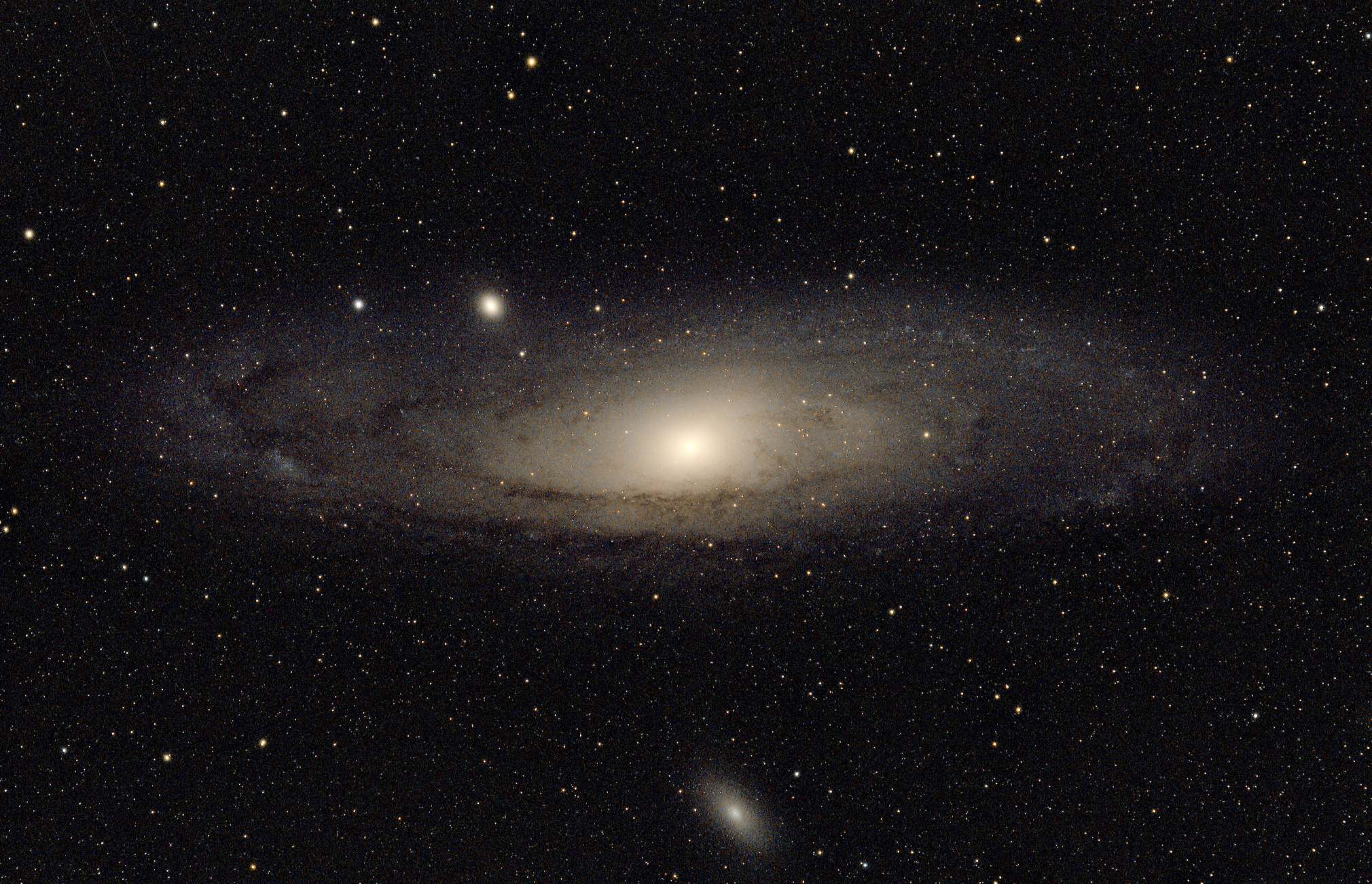
Horsehead Nebula
Probably my favourite image, a relatively small red landmark in the constellation of Orion.
Just look at the detail in the space dust and gas. This is called a nebula and such places are often the birthplace of stars. In this case you can see a recognisable horse head in the cloud, which gives this structure its name.
You’d never know but this and everything else is always up there in the dark night sky looking down at us, just usually too faint and too small to see with our naked eyes.
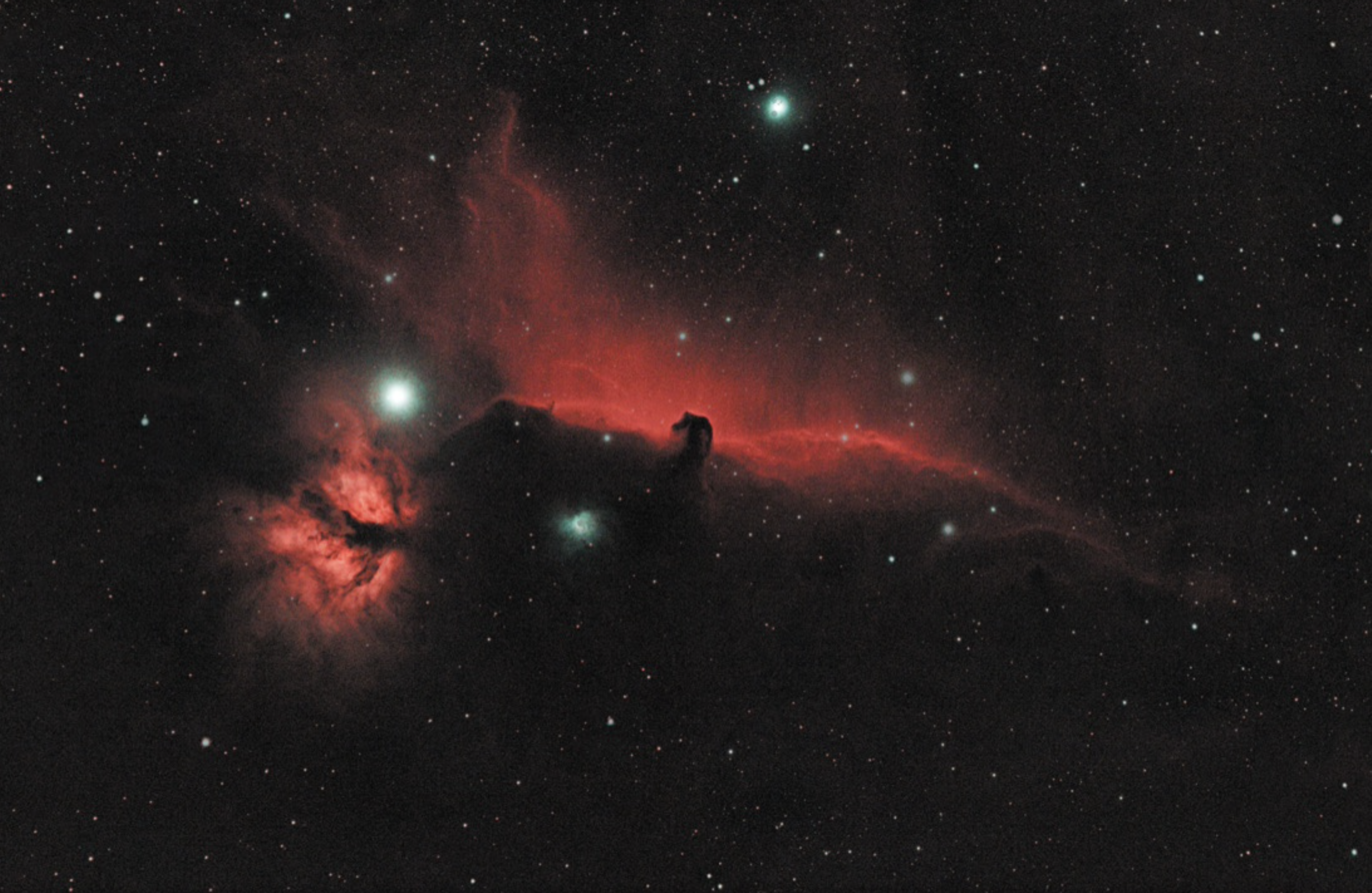
Heart Nebula
A beautiful heart shaped nebula residing around 7500 light years away.
Its intense red colour is driven by the bright stars at its core, some 50 times the mass of our own sun.
Taking this image takes hours of total camera exposure time, as it does for the other images too. In this case though I also used a filter which stops specific wavelengths of light from reaching the cameras sensor, to minimise the effects of light pollution.
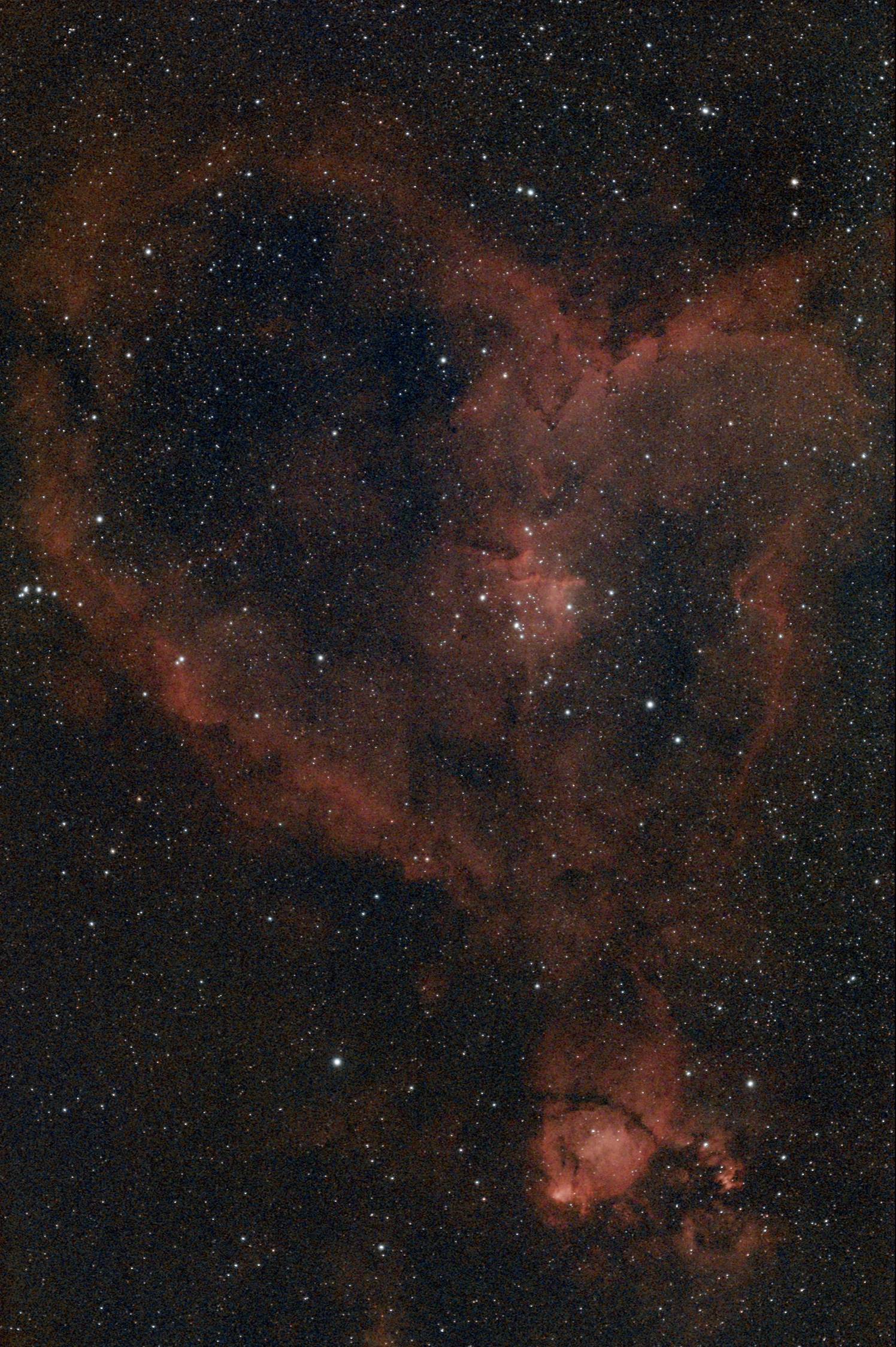
Pinwheel Galaxy
This spiral galaxy is face-on to us which means we can get a really good view of it.
With a modest 1 trillion stars, it puts on a good show, not least because very recently one of the stars went supernova (blew up) and now we can see a seemingly new bright star on one of its outer arms.
This supernova will last just a few months before the star collapses in on itself, finishing its dramatic explosion, and disappearing from view. Such an event happens once every ten years, across all known galaxies and stars, so I’m quite fortunate to be able to capture it.
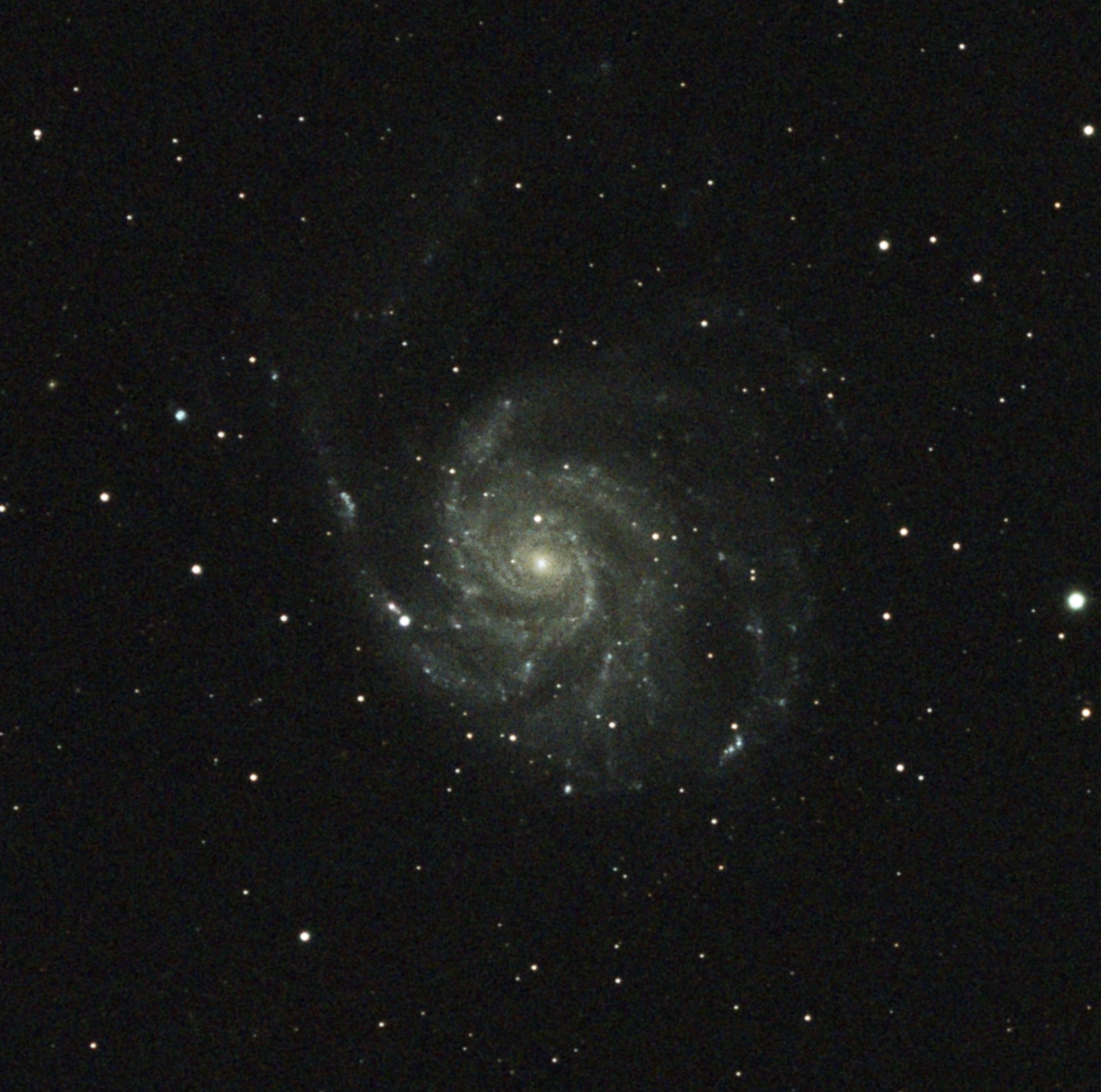
Whirlpool Galaxy
A fascinating example of two galaxies colliding and interacting with each other. One being the large spiral galaxy that makes up most of the image, and second being the bright light to the right.
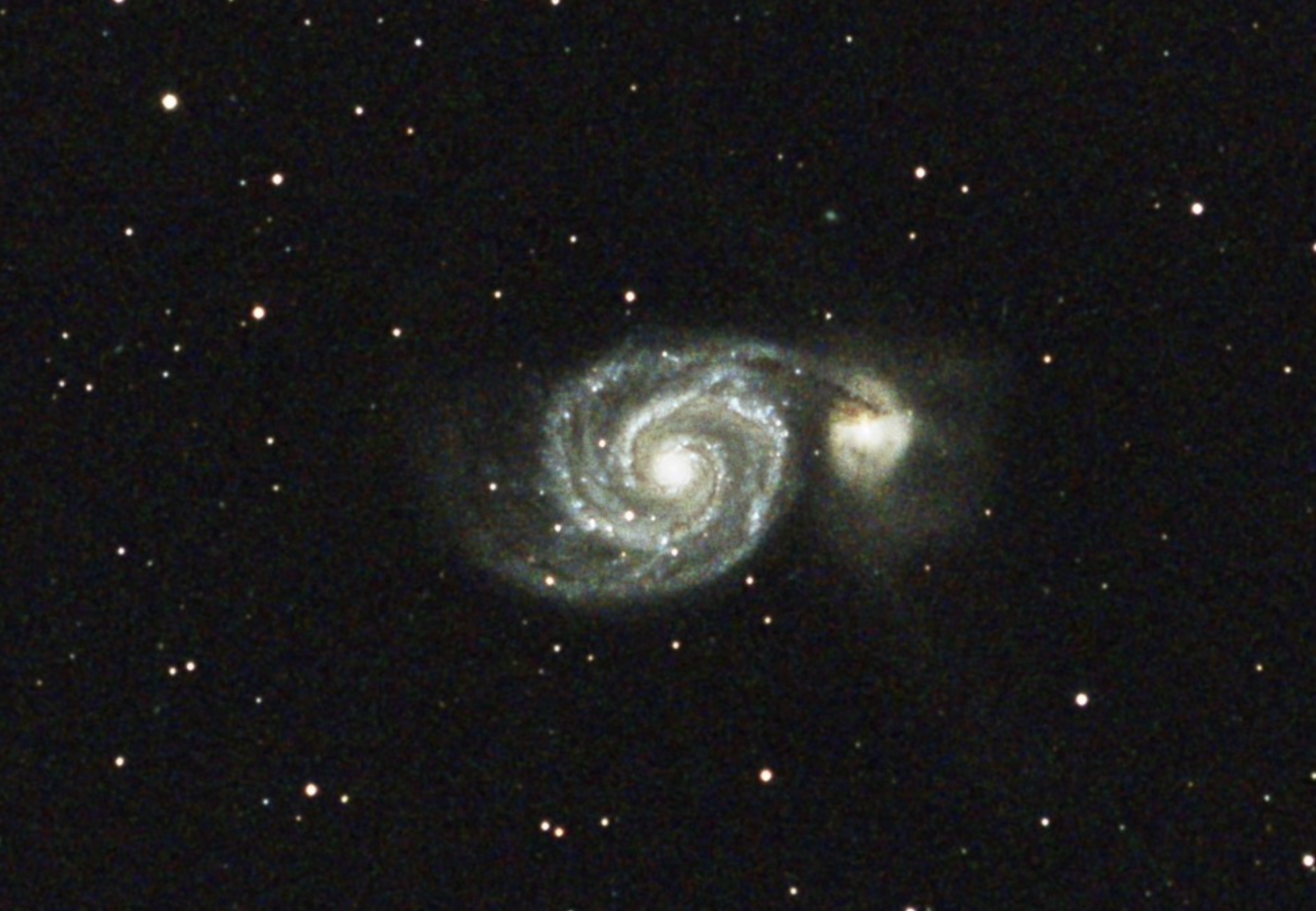
Colliding galaxies are an eventuality of space and time, our very own galaxy (the milkyway) is destined to be ripped apart by the Andromeda galaxy. We’re on a collision course and some experts say it may already have started, at least on the outer edges of our galaxy..
It’s not an easy process but hopefully you can see it’s well worth the effort to produce these undeniably mind blowing images. Next up, I’m looking forward to capturing even more of the cosmos 🔭.
Software
NINA, PHD2 for capturing.
Siril for stacking, pre-process, background extraction and photometric colour calibration.
Photoshop for various actions from Annies Astrotools, including stretching and finer adjustments to bring out the detail.
Equipment
SkyWatcher 80ED DS-Pro & 0.85x flattener, HEQ5 Mount, 600D Astro-modified, ZWO ASI120mm mini (guiding), ZWO EAF, PPBA, and lots of patience.